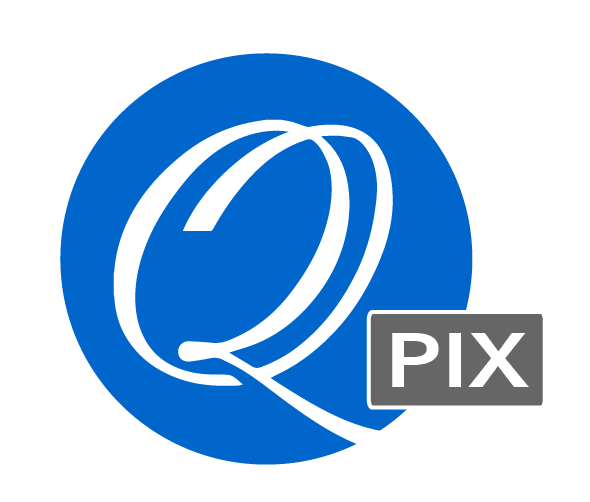Object Lifecycle¶
The main objects described in Object Model can be created with dedicated plug-in methods, or with wrapper methods offered by the Q2PixLib component. The plug-in also offers a method for destroying these objects. Let’s see now who is responsible for destroying these objects.
Consider the following scenario:
- A form method creates an Image Document object.
- The form method assigns the object to an Image Area.
- The form contains buttons that allow the user to rotate the image right or left in the area.
- The form also contains a button that starts a new 4D process that displays information about the Image Document in a window.
Every entity involved in this scenario (the form method, the plug-in area, the form object method) needs to keep around a reference to the Image Document. But who is responsible for destroying it in the end?
Now consider a second scenario:
- A project method attached to a menu item presents the standard file selection dialog allowing the user to select an image file.
- After the user selects a file, the project method verifies that the selected file is a readable image by creating an Image Document object with the selected file.
- After verification succeeds, the project method passes the image document reference to a new process for processing or display.
Again: who is responsible for destroying the document reference in the end?
In both scenarios the answer comes from a common programming technique called Reference Counting. Reference counting provides (i) a clear distinction of roles and responsibilities among the entities involved in object lifecycle management, and (ii) maximum data sharing among these entities without data duplication.
Here’s how it works:
- Every object has an integer attribute called retain count – or reference count.
- When an object is created its retain count is set to
1.- Entities that need to keep around a reference to the object (clients), increase its retain count by
1.- When clients no longer need the object, they decrease the retain count by
1.- When the retain count of the object becomes
0, the object is destroyed.
It may sound somewhat complicated, but in fact it is not.
Regarding reference counting in Q2Pix objects, just follow this simple rule:
Q2Pix Reference Counting Rule
Every object reference returned either as the result of a method, or through
a method parameter, must be released with a call to
ImgObj_Release when no longer needed.
The ImgObj_Release plug-in method decrements the retain count. When the retain count becomes 0, the object is destroyed.
Other plug-in methods for managing object lifecycle are ImgObj_Retain
(increases the retain count; allows clients to keep reference to the object without duplication)
and ImgObj_GetRetainCount (returns the retain count – very useful in debugging).
See Managing Object Lifecycle in Programming Guide for sample 4D code implementing this scenario.
